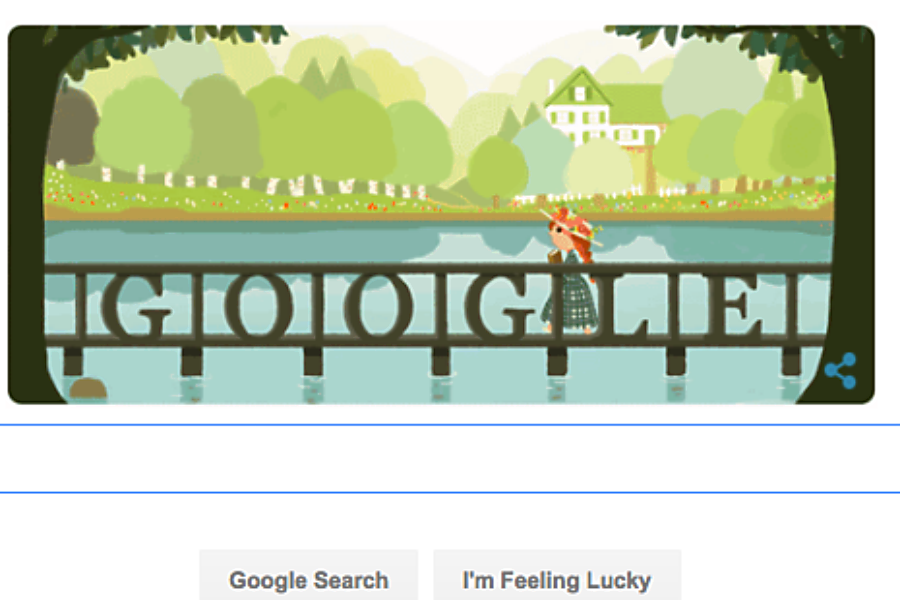Lucy Maud Montgomery: From hat box novelist to Google Doodle tribute
Loading...
Monday’s Google Doodle celebrates what would be the 141st birthday of beloved Canadian author Lucy Maud Montgomery.
A model of perseverance, Ms. Montgomery took many years of rejection before finding literary success. She wrote her first novel ‘Anne of Green Gables’ in 1905, but every publishing house turned her down. After storing the book in a hat box for two years, she pulled out the manuscript in 1907 and decided to try again to have it published, according to the L.M. Montgomery Institute.
The Page Company of Boston, Mass., published "Anne of Green Gables" in 1908, and it became an immediate best-seller: it sold 19,000 copies in the first five months. As Google explains in their tribute, “That novel ultimately became one of Canada’s most all-time popular books, being translated into around 20 languages and selling more than 50 million copies to date.”
Born on Prince Edward Island (PEI), a tiny province on the east coast of Canada, on Nov. 30 1874, Montgomery had a lonely childhood living with her grandparents. Montgomery filled her days with reading books, keeping a journal, and cultivating an active imagination. Montgomery’s character Anne Shirley in Green Gables shares similarities with the author, as an 11-year-old orphan “with a vibrant imagination and a knack for comic mishap.”
After earning her teacher’s license and graduating with honors at Prince Wales College in 1894, she began teaching and worked at three different PEI schools. During this time, Montgomery also became one of few women in the late 19th century to pursue higher education by taking English literature courses at Dalhousie University in Nova Scotia.
It was during her time at Dalhousie that Montgomery received her first payments for writing, and she made the decision to write poems, stories, and serials for a living. Montgomery was answered with many rejections, but she eventually earned an annual salary of $500 in 1903 - a considerable sum for a woman at that time.
Montgomery married the Rev. Ewan Macdonald in 1911, with whom she had two sons. After their marriage, Montgomery and her husband moved to Ontario, where Macdonald was minister in the Presbyterian church and Montgomery raised their sons while writing numerous novels, short stories, and poems.
After her marriage in 1911, Montgomery never returned to Prince Edward Island but she still held the island dear, especially in her writing. All but one of her 20 books are set on PEI.
In 1937, the home of Montgomery’s Anne Shirley became a part of Prince Edward Island National Park. Anne’s home welcomes over 125,000 visitors each year, with many donning the iconic red braids and straw hats.
About 20 percent of Green Gables’ visitors are from Japan, where the book is a cultural phenomenon. In 1993, a theme park called Canadian World opened in Hokkaido, Japan, complete with a full-sized reproduction of the Green Gables house in PEI. And during the theme park’s peak in the mid-1990’s, the park attracted over 8,000 visitors a day.
Montgomery clearly followed her own advice when she said: “We must have ideals and try to live up to them, even if we never quite succeed. Life would be a sorry business without them. With them it’s grand and great.”






